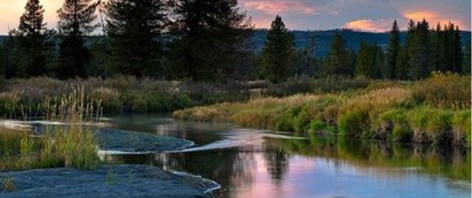
Protecting or restoring your shoreland buffer is the most important tip for protecting your waterfront investment.
If you have native vegetation along your shoreline, consider yourself and the local wildlife fortunate. A mature native buffer represents many years of nature at work and discourages undesirable, exotic plants and animals while attracting songbirds, butterflies, turtles and frogs.
If you have lawn to the water’s edge at your lakefront property, a simple, no-cost way to get started in restoring your shoreland is to stop mowing next to the water. Seeds in the soil will germinate and valuable native plants will begin to reappear.
If you have lawn to the water’s edge and would like to play a more active role in restoring your shoreland, you can replant native trees, shrubs, grasses and wildflowers to attract songbirds and butterflies. The main area where water runs off your property is the best location to start planting to improve water quality.
You can create a natural, appealing waterfront landscape while eliminating expensive and time-consuming lawn care.
Natural shorelands contain a lush mixture of native grasses, flowers, shrubs and trees that help to filter polluted runoff and provide important habitat for animals in the water and on the land. The trees, shrubs and plants not only help shelter and create privacy for both the homeowner and the lake user, but may also act as a noise buffer. Larger areas of natural shoreline provide more benefits. However, any amount of natural shoreline is better than none.
Avoid using pesticides or fertilizers in the buffer area, because harmful chemicals can leach into the lake. Pesticides kill beneficial insects living in shoreline vegetation that are important foods for fish, birds, and other wildlife.
Start protecting your waterfront investment today!
Posted By Scott Freerksen “The Lake Guy”
